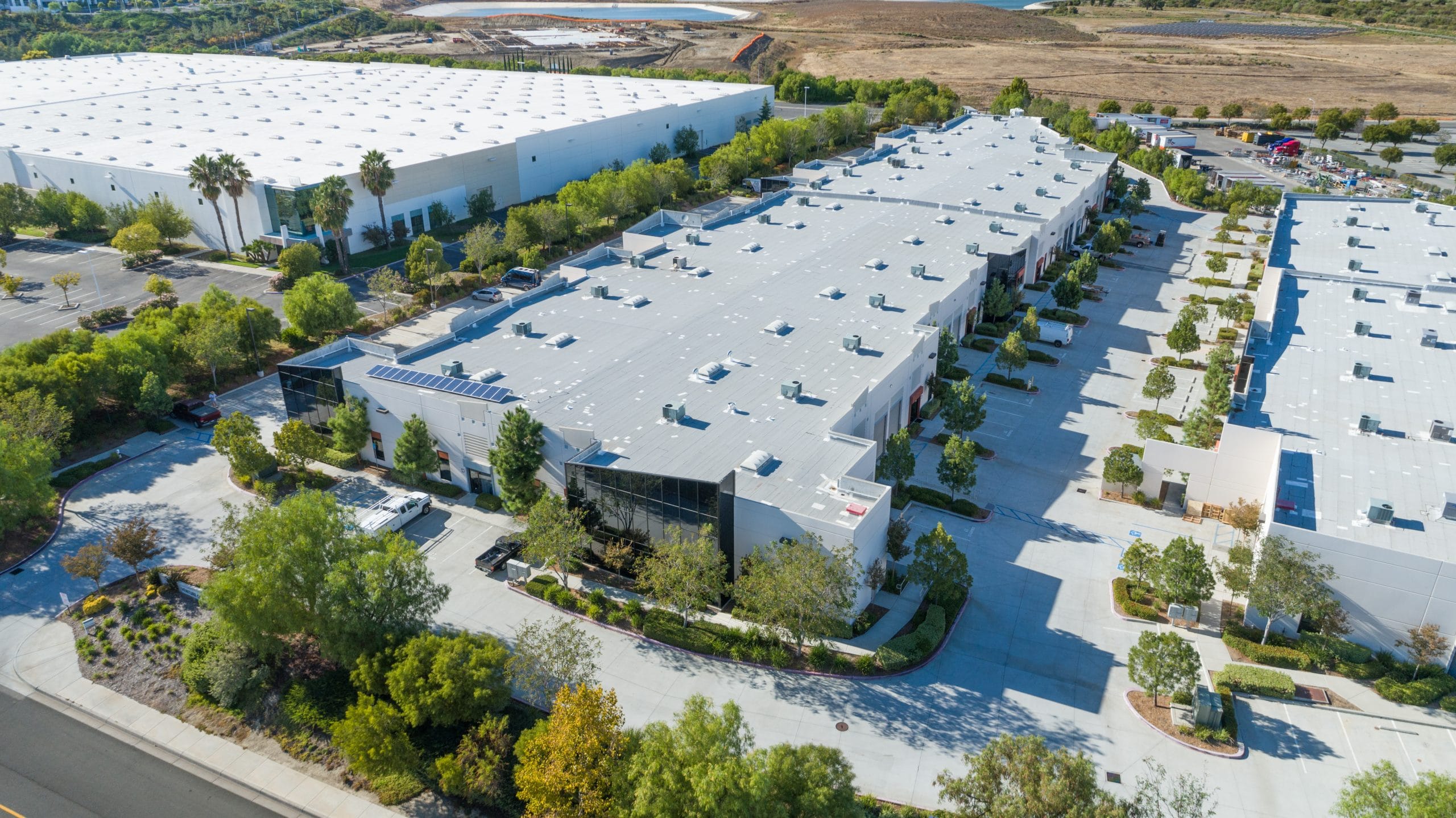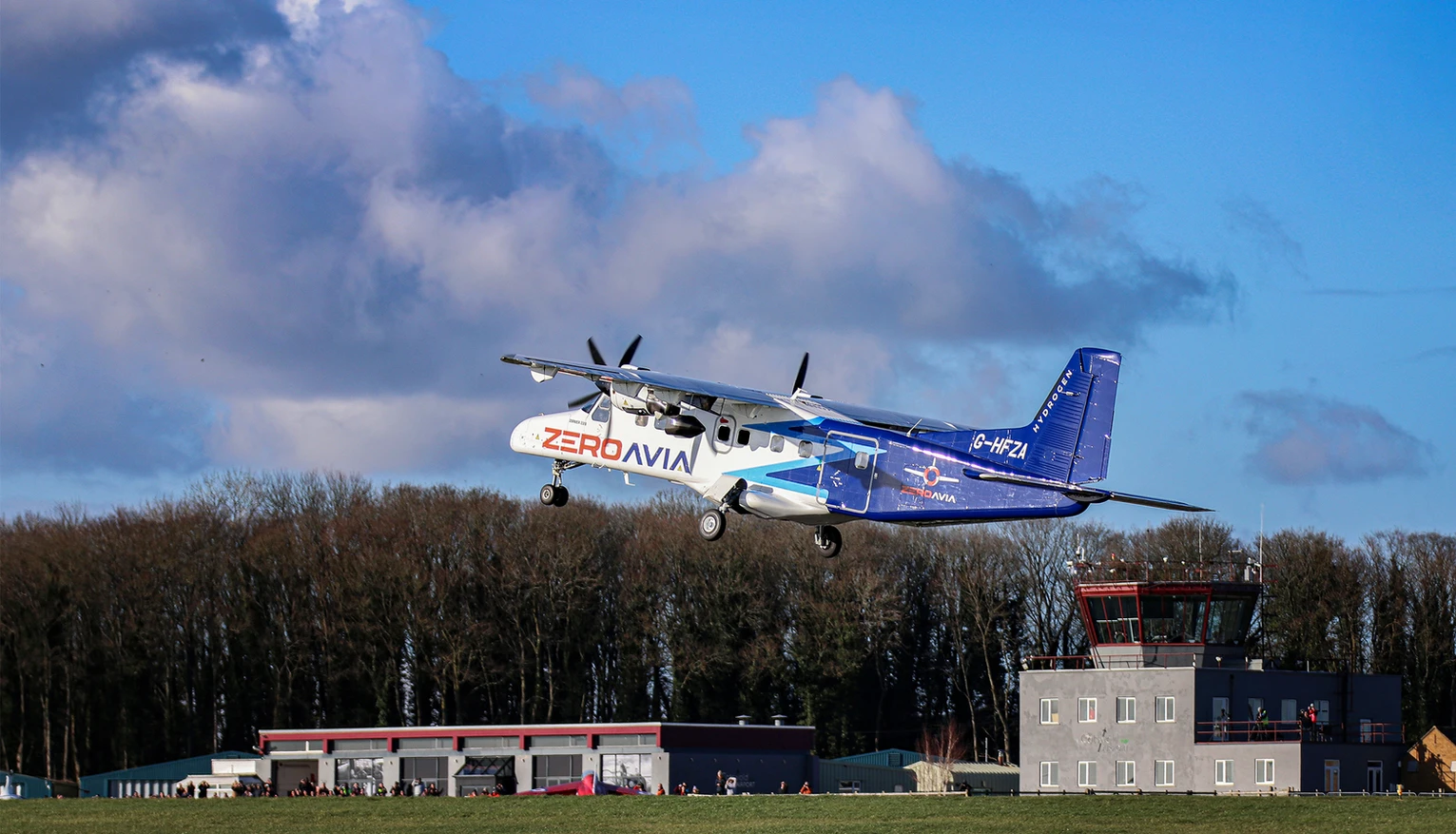


When Coffee Shops Become Co-Working Hubs

In the past decade, the rise of remote work, freelancing, and entrepreneurship has transformed how people view the traditional workspace. Gone are the days when productivity was confined to offices with cubicles and fluorescent lights. Today, the hum of conversation, the aroma of freshly brewed coffee, and the background music of a local cafe often replace the static noise of a corporate office. Coffee shops have become more than casual hangouts; they have evolved into functional, community-driven co-working hubs for professionals, freelancers, and business owners.
The shift is not accidental. The combination of caffeine, culture, and connectivity has created an ecosystem that supports creativity, networking, and business growth. Entrepreneurs are increasingly seeing coffee shops as extensions of their brand image, dynamic spaces that reflect flexibility, collaboration, and innovation.
The Rise of Coffee Culture and Flexible Work
The transformation of coffee shops into co-working environments is deeply tied to the changing work culture of the 21st century. Remote work and freelancing surged after the pandemic, and the need for flexible, comfortable work environments became permanent. According to a Statista report, the global remote workforce is expected to reach 36 million people by 2026, highlighting a major shift in how and where work gets done.
Coffee shops like Bluestone Lane and Joe Coffee Company have leaned into this trend by offering strong Wi-Fi, ample outlets, and inviting interiors that encourage longer stays. These cafes are not just about serving espresso shots; they have become productivity zones with a social twist. The mix of ambience and access makes them ideal environments for professionals who crave flexibility but dislike isolation.
Coffee Shops as the New Third Place
Sociologist Ray Oldenburg coined the term “third place” to describe environments outside the home (first place) and workplace (second place) where people gather for connection and community. For the modern workforce, coffee shops have perfectly filled that role. They strike the right balance between the solitude of working from home and the social engagement of an office.
Take The Wing in its early concept phase or Blank Street Coffee, which structured its brand around the urban professional. Both illustrate how businesses can merge community and commerce to serve evolving professional needs. Entrepreneurs meeting clients, startups conducting informal interviews, and freelancers sharing ideas over cappuccinos all thrive within these third spaces.
Coffee shops cultivate a feeling of community without obligation. You can be surrounded by people and still have your independence. That sense of belonging without commitment fuels creativity and motivation, especially for those in entrepreneurial or creative fields.
Why Entrepreneurs Gravitate Toward Cafes
Entrepreneurs often find traditional office leases restrictive and expensive. Coffee shops offer flexibility without the overhead. They provide a change of scenery that helps spark new ideas. A cafe filled with soft chatter and the sound of milk steaming can be the perfect environment to brainstorm a business plan or write a marketing pitch.
Another practical benefit is accessibility. Most coffee shops are located in easily accessible urban areas with extended hours. Chains like Philz Coffee and Blue Bottle Coffee have designed their spaces to accommodate laptops and meetings. Many entrepreneurs prefer these environments over formal office rentals, especially during early-stage business development.
Beyond convenience, the environment itself plays a psychological role. Studies suggest ambient noise like the hum of espresso machines and casual conversation can enhance creative thinking. This sensory stimulation contrasts the monotony of silent offices and inspires more fluid brainstorming sessions.
Networking Over Lattes
One of the most underrated aspects of working from coffee shops is the natural networking that occurs. Unlike a co-working office where introductions might feel forced, coffee shops allow organic connections. Entrepreneurs, investors, designers, and freelancers often cross paths simply because they share the same table or line for a latte.
Some coffee shops have embraced this phenomenon by hosting events such as Freelancer Fridays or Pitch and Sip meetups. Ground Central Coffee Company in New York City, for instance, regularly attracts professionals who use its Midtown locations as casual meeting spots. The cafe acts as a networking catalyst, blending the informality of a public space with the potential for professional connection.
Networking in coffee shops also breaks down hierarchies. You never know if the person sitting next to you is a startup founder, a venture capitalist, or a creative consultant. This unstructured mingling has led to countless collaborations, mentorships, and even startup ideas born over shared coffee breaks.

The Business Opportunity Behind the Beans
The evolution of coffee shops into co-working hubs has opened up new opportunities for cafe owners and investors. Some have recognized that the modern professional is willing to pay a premium for a workspace with personality. Hybrid models that merge cafe operations with co-working memberships are gaining traction.
Companies like Crew Collective and Cafe in Montreal and The Ministry in London exemplify this shift. These spaces combine the aesthetics and hospitality of high-end coffee houses with the infrastructure of co-working offices. Members can book conference rooms, host client meetings, and enjoy artisanal coffee without committing to long-term leases.
This convergence of hospitality and workspace has also created new revenue channels. Membership tiers, private meeting pods, and hourly desk rentals are becoming standard offerings. Cafe owners are no longer just selling coffee; they are selling experience, convenience, and community. It is a strategy that not only attracts loyal customers but also diversifies income beyond beverage sales.
Technology’s Role in the Cafe-Co-Working Merge
Technology is another driver of this evolution. Reliable Wi-Fi is just the start. Many coffee shops now integrate QR-based ordering, wireless charging stations, and app-based loyalty programs that make the experience seamless. For instance, La Colombe integrates mobile ordering with location-specific offers, appealing directly to regular remote workers.
Some cafes even use data analytics to understand customer behavior. Tracking peak hours and dwell time helps them tailor offerings, perhaps more power outlets in certain zones or acoustic adjustments for productivity. The integration of tech infrastructure enhances both user experience and operational efficiency, creating a symbiotic relationship between hospitality and workplace design.
With the rise of AI and digital tools, remote professionals can now conduct high-quality meetings via video calls while sipping coffee in a public setting. The line between office and lifestyle has blurred, and technology has made this new normal sustainable.
Challenges and the Fine Line of Comfort
Despite the growing popularity of cafe-based workspaces, challenges persist. Cafe owners must balance their hospitality focus with the realities of long-term laptop users occupying tables for hours. It is a delicate balance between serving loyal customers and managing turnover. Some businesses have introduced subtle rules, such as time limits during peak hours or designated laptop-free zones.
From the user’s perspective, not every cafe environment is ideal. Noise levels, limited seating, or unstable internet connections can disrupt workflow. Entrepreneurs who rely on video meetings or confidential discussions may find it difficult to operate efficiently in such settings. The key lies in choosing locations that align with the nature of one’s work.
Interestingly, some cafes have turned these challenges into strengths. By introducing co-working memberships or charging nominal hourly rates for workspace access, they maintain profitability while catering to their core demographic, remote professionals. This balance allows coffee shops to function both as community spaces and sustainable businesses.
The Future of Coffee-Fueled Collaboration
The hybrid work revolution has accelerated innovation in unexpected industries, and coffee culture is among the biggest beneficiaries. Many urban planners and developers are recognizing the potential of integrating cafe-style co-working spaces into mixed-use buildings. This model not only supports remote work but also enriches neighborhood life.
Imagine future cafes equipped with smart tables that track reservations, soundproof booths for private calls, and AI-driven customer experiences that anticipate seating preferences or beverage choices. These features are already being tested by forward-thinking companies in Europe and Asia, suggesting the cafe-co-working hybrid is far from a passing fad.
Large corporations are also taking cues from this trend. Brands such as WeWork have begun incorporating cafe-inspired lounges into their office designs, while boutique hotels like CitizenM are positioning their lobbies as flexible work zones. The global workspace ecosystem is increasingly defined by comfort, community, and caffeine.
Key Takeaways
The transformation of coffee shops into co-working hubs is more than a lifestyle shift; it reflects broader economic and cultural changes. Entrepreneurs and professionals are redefining productivity on their own terms, blending work and leisure in ways that align with creativity and autonomy. Cafe owners who adapt to this reality are not just selling coffee; they are curating an experience that fuels both ideas and ambition.
The modern coffee shop is no longer a pit stop; it is a launching pad. It represents the freedom of the modern professional, the spirit of community, and the energy that comes from a shared love of coffee and connection. The aroma of opportunity is in the air, and it smells like espresso.





